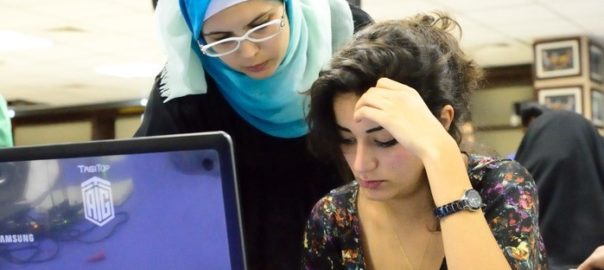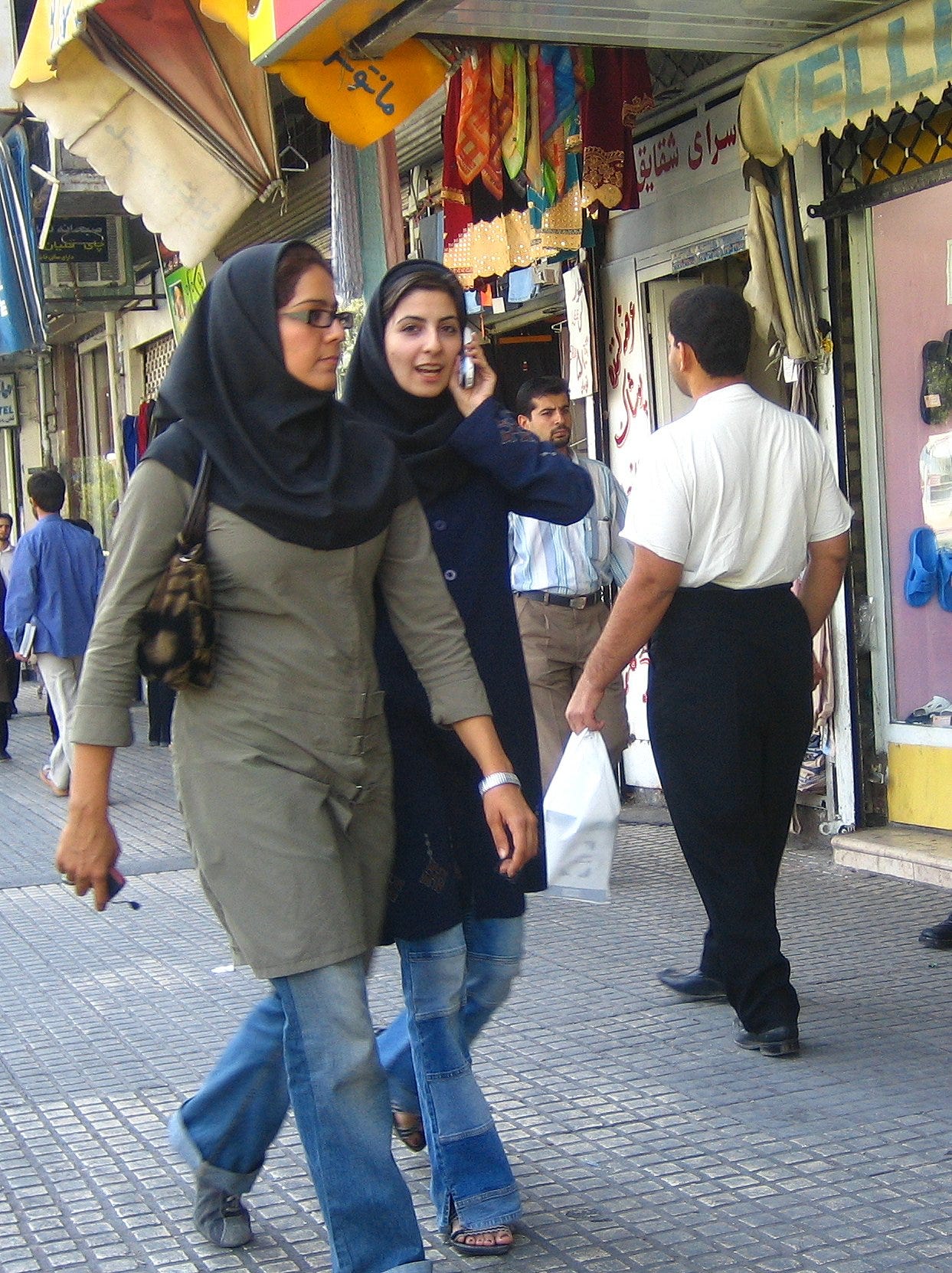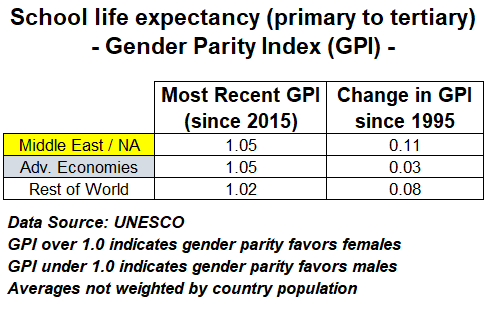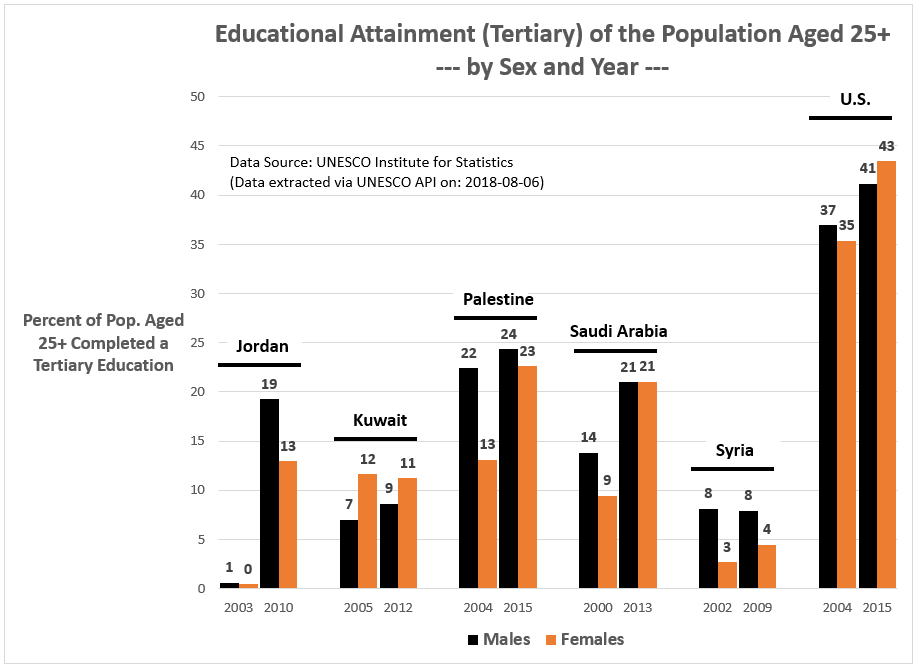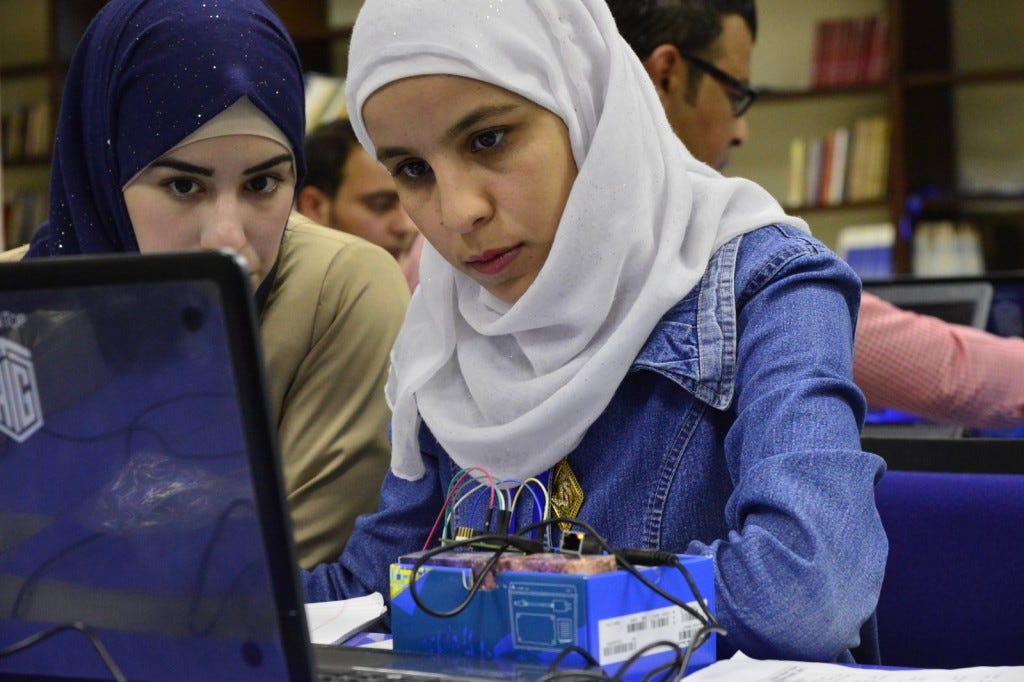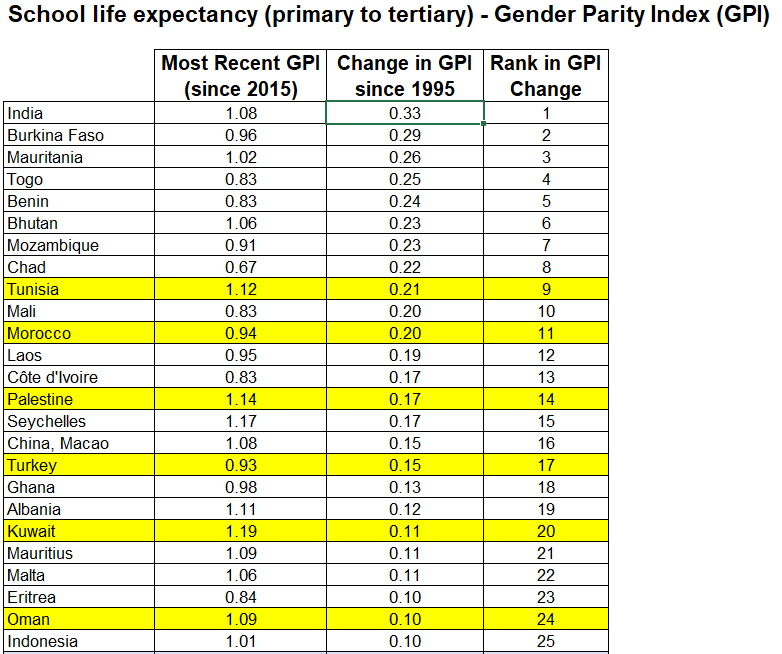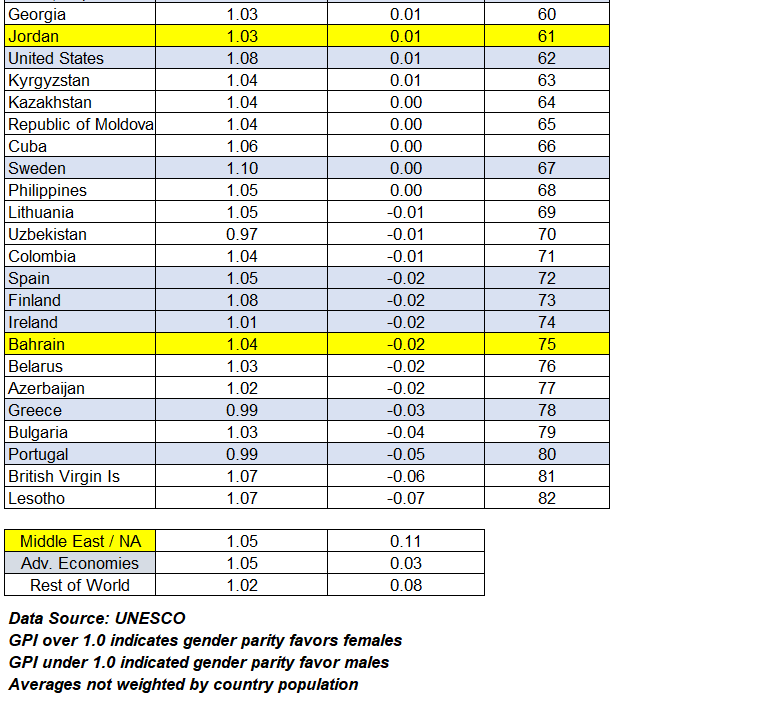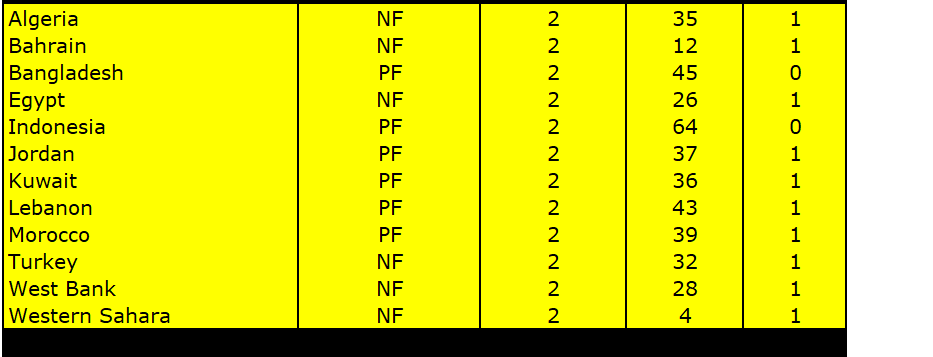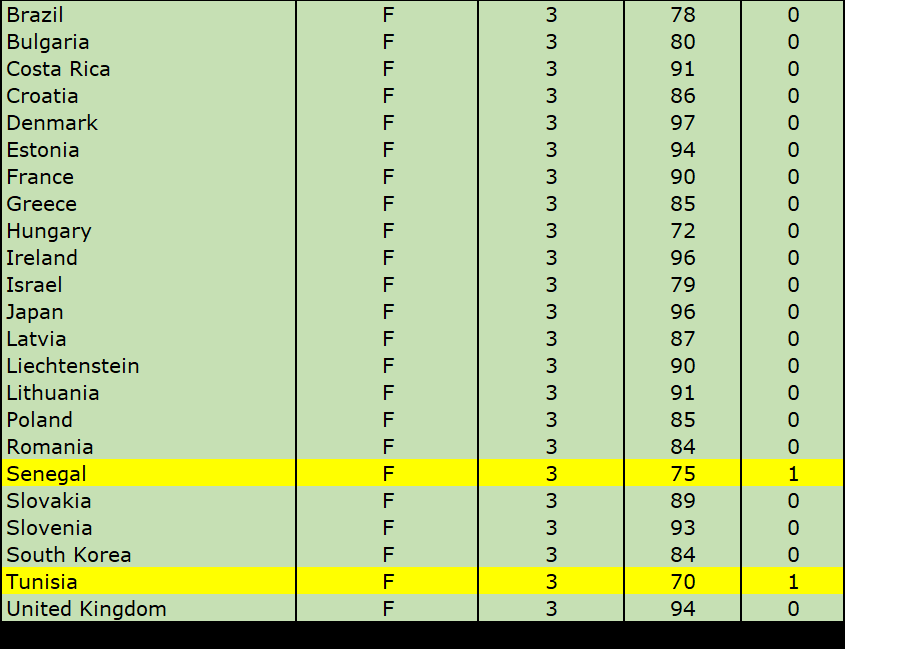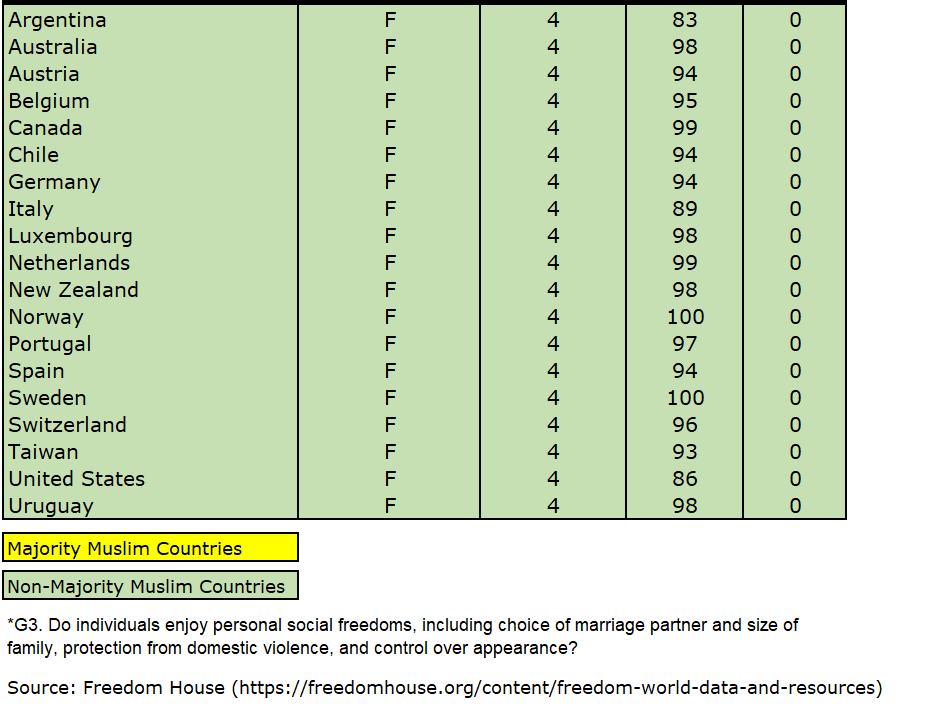By Kent R. Kroeger (NuQum.com, December 30, 2019)
Once the news media publishes allegations that you are the ‘Centennial Olympic Park bomber’ or ‘a Russian agent/stooge/tool,’ regardless of your innocence, the scar is permanent.
But that is exactly what happened to security guard Richard Jewell after the 1996 bombing at the Atlanta Olympics and to a host of individuals in the aftermath of the 2016 election. These two independent events illustrate how the U.S. news media can fail at covering important events and how they rationalize their botched reporting by assigning blame to their sources, not reporting standards.
Worse yet, there is no consistent mechanism holding journalists accountable for their botched reporting. To the contrary, if their reporting feeds a compelling and profitable narrative (i.e., attracts audiences), it is handsomely rewarded.
Rachel Maddow today makes around $7 million-a-year for MSNBC and, in covering the Russia-Trump collusion (Russiagate) story, was directly responsible for promoting many of the most baseless rumors about Donald Trump and his campaign.
In a scathing indictment of Maddow’s journalistic integrity, Washington Post media critic Erik Wemple recently laid out this example of her deceptive technique:
When small bits of news arose in favor of the dossier, the franchise MSNBC host pumped air into them. At least some of her many fans surely came away from her broadcasts thinking the dossier was a serious piece of investigative research, not the flimflam, quick-twitch game of telephone outlined in the Horowitz report. She seemed to be rooting for the document.
“Seemed to be rooting for the document”? More like cheerleading for its authenticity, I would say.
When Michael Isikoff of Yahoo News, one of the first journalists to report on the infamous Steele Dossier and, to my knowledge, the only major reporter to retrospectively apologize for his mistakes in covering Russiagate, tried to confront Maddow on her reporting errors during the three-year media frenzy, she promptly brushed him aside. In effect, telling him she always said the Steele Dossier was unverified and she won’t be held accountable for failing to prove or disprove the Dossier’s accuracy.
When the Robert Mueller investigation thoroughly destroyed the entire Russiagate narrative along with the Steele Dossier, Maddow could barely find the energy to devote even one full show to Mueller’s final report.
________________________________________________________________
The problem, personified by Maddow but far from exclusive to her, is systemic and rooted in what I call the spot news standard endemic to corporate-controlled news organizations.
Just as Maddow refuses to be held accountable for not substantiating the Steele Dossier, the national news media embraced the same cop out, essentially saying, “What? You expected us to determine the veracity of the Dossier? We just report what our sources tell us.”
Hence, the spot news standard: the type of reporting, typically done in the first few hours/days of a news worthy event, which focuses on information provided by official sources (e.g., police, government officials), victims or eyewitnesses. In contrast to spot news reporting, in-depth investigative reporting usually aspires to not only report the ‘facts’ (often as told by sources), but endeavors to independently confirm the quality of such information.
When the Atlanta Journal-Constitution (AJC) first reported that Jewell was the FBI’s prime suspect in the Olympic Park bombing, they were merely repeating what an anonymous FBI source had told one of their journalists. By the spot news standard, the AJC did its job. And a federal court would eventually exonerate AJC for that very reason from a civil lawsuit over its Olympic Park bombing coverage.
But the AJC got the Jewell story wrong, as did most of the national news media in their Russiagate coverage. In both events, the news organizations fed their audiences little truths (e.g., quotes from official sources), but botched the bigger, more important, truths.
And, yet, some people still wring their hands wondering why Americans are increasingly distrustful of the news media.
The answer is obvious. Much of what the news media reports today just isn’t true — and this problem cuts across all news media outlets and ideological points of view.
How did the Fourth Estate regress to this lousy state?
Tennessean columnist Saritha Prabhu lays the blame at the feet of partisanship:
In the Trump era, American national media (CNN, MSNBC, ABC, CBS, Fox News, The Washington Post, The New York Times) have self-divided into openly pro- or anti-Trump factions.
It isn’t covert anymore, and many media outlets wear it as a badge of honor.
But when a media outlet is strongly for or against a leader or party, the first casualties are fairness, honesty and accuracy.
Prabhu further notes that partisan-biased news reporting is profitable, in essence, creating a reinforcing feedback loop.
But the problem with today’s journalism may be more systemic than just the economic incentives behind partisan news coverage.
The privately-controlled media serve a different master than what we are taught in high school civics. They serve the sensational to the extent it is marketable and profitable; they serve social conflict for the same reason; and they serve the interests of political and economic elites because it is from this orbit most journalists and media pundits originate.
And the news media make no apologies for any of this — and why should they? They are rarely held accountable for even their biggest mistakes. If they had to answer for their mischievous disregard for the bigger truths, MSNBC’s Lawrence O’Donnell would have lost his prime time slot after his entirely false report that a Russian oligarch co-signed one of Donald Trump’s business loans with Deutsche Bank.
To his credit, O’Donnell apologized on-air for his amateur-hour mistake. But was his job ever on the line over this incident? I seriously doubt it.
________________________________________________________________
The deep flaws of our national news organizations were exposed during Russiagate, which is one reason the lessons from Clint Eastwood’s newest movie, Richard Jewell, go beyond just reminding us that the AJC (and other news outlets) did a grave disservice to Jewell during their Olympic Park bombing coverage.
The immediate reaction to Eastwood’s movie is particularly revealing. Before Eastwood’s movie had even been released, lawyers were exchanging letters.
On December 9th, the Monday before the movie’s release, the Los Angeles-based law firm Lavely & Singer sent a letter to director Clint Eastwood, screenwriter Billy Ray, Warner Bros. and other parties, on behalf of The (AJC) and Cox Enterprises, its parent corporation. The letter demands Warner Bros. to publicly acknowledge “that some events were imagined for dramatic purposes and artistic license and dramatization were used in the film’s portrayal of events and characters.”
The central issue is the movie’s portrayal of AJC reporter Kathy Scruggs, who broke the new story, sourced from an anonymous FBI informant, that Richard Jewell was the FBI’s prime suspect in the July 1996 deadly bombing at Atlanta’s Centennial Olympic Park.
We know today that Jewell was completely innocent.
It would take the FBI three months before they would publicly acknowledge Jewell was no longer a suspect. Eventually, confessed serial bomber Eric Robert Rudolph would be convicted for the Atlanta bombing and sentenced to life in prison.
In response to the release of Eastwood’s movie, the AJC editorial board published this defense of their original Jewell story:
“Far from acting recklessly, the AJC actually held that story for a day to develop additional independent corroboration of key facts prior to publication,” wrote the AJC editorial board. “Law enforcement sources confirmed to the AJC their focus on Mr. Jewell, and FBI activity had been visible at the Jewells’ apartment. The accuracy of the story had also been confirmed with an FBI spokesperson to whom the entire story was read before publication…
…Within days of the July 1996 bombing, investigators came to focus on Jewell. The AJC was first to report, accurately, that the FBI considered him a suspect. Authorities questioned Jewell, searched his and his mother’s belongings and kept him under round-the-clock surveillance before publicly clearing him about three months later…
…The AJC was among numerous entities sued after Jewell was cleared, and the only one that didn’t settle. The litigation naming the AJC was dismissed in 2011, with the Court of Appeals concluding that the coverage was substantially true at the time of publication.”
The AJC defense that their coverage was “substantially true at the time of publication” disregards the damage their reporting did to an innocent man (i.e., based on the spot news accuracy standard, the AJC did their job).
Yet, Jewell saved hundreds of lives by his quick response to an imminent threat and the initial thanks for his effort was a three-month horsewhipping by the national media as a law enforcement wannabe that lived with his mother. AJC, as much as any other news outlet, built and cultivated that narrative through the use of anonymous FBI sources.
[In AJC’s defense, they were the first news outlet to report timeline evidence that Jewell did not have time to both plant the bomb and reach a pay phone used by the bomber to make a warning call.]
AJC’s apparent insensitivity to Jewell’s interests must be understood in the context of journalism’s fundamental reliance on the spot news standard: If the facts are mostly correct at the time of publication, journalists have nothing for which to apologize.
This low test for journalists is predicated on our shared First Amendment speech rights which protect American journalists from legal prosecution for their reporting, even if it is later proven to be substantively flawed. Absent malice or the ire of the American security state, U.S. journalists do not face legal jeopardy for inaccurate reporting. And that is as it should be. It never should be easy to jail journalists and news publishers.
_________________________________________________________________
The low-bar threshold for our Constitution-backed press freedoms is sufficient to protect MSNBC, CNN, the Washington Post, the New York Times, and other news outlets from any legal consequences for their three-year crusade of careless reporting on the Russiagate myth — a story propelled almost entirely in the mainstream media by anonymous, often government, sources.
We can draw parallels from the Jewell case to the more recent Russiagate coverage. As in the Jewell story, Russiagate coverage was constructed around faulty, uncorroborated intelligence passed on by anonymous government sources to the press. Whether the anonymous sources knew they were passing along flawed or irrelevant information may never be known, as we are unlikely to ever know the identities of those sources (again, as it should be).
But we know from both the Robert Mueller report and the Department of Justice Inspector General report that there is no compelling evidence to suggest the Trump’s presidential campaign conspired with the Russians to defeat Hillary Clinton. This narrative was a complete fiction from the very beginning, first promulgated by Clinton’s bitter minions, spread by her equally bitter collaborators in the national news media and *verified* by a vast, nameless infantry of government bureaucrats and intelligence officers.
Russiagate mirrored a standard intelligence community disinformation campaign, its true origins still largely unknown as the national news media has purposefully avoided seeking such answers.
A baseless conspiracy theory is how Rachel Maddow describes the question of whether Trump campaign operative George Papadopoulos’ chance meeting with Malta professor Joseph Mifsud and subsequent bean-spilling conversation with Australian diplomat Alexander Downer were, in fact, a U.S. intelligence community attempt to frame and perhaps turn the former low-level Trump flunky into a government informant.
Or, as still reported in the mainstream news media, was Mifsud a Russian agent tasked with compromising the Trump campaign through Papadopoulos?
Both theories are unproven (though most of the hard evidence resides with the former) and likely will be addressed in Connecticut U.S. Attorney John Durham’s special investigation into the origins of Russiagate.
Either way, the answers are not coming from the anti-Trump press corps because these answers could undermine the media’s ongoing narrative that the FBI and U.S. intelligence community were objective, upright actors in the Russiagate drama.
Which only further reinforces the bigger question: will the national news media ever be forced to answer for their botched Russiagate reporting.
Just as Kathy Scruggs did in the Jewell story, the national news media did the minimum in covering Russiagate (sans a few adversarial journalists like The Intercept’s Glenn Greenwald and The Nation’s Aaron Maté who base their careers on challenging official sources, regardless of partisan affiliation).
The problem is the minimum too often means getting the bigger story wrong (and never needing to say you are sorry).
But if news organizations aren’t going to hold themselves accountable for botching the big stories, who will? It most certainly can’t be the government or an “independent” ombudsman. Putting so much power in so few hands feels like an invitation to unintended consequences.
There is only one irrefutable way to hold news organizations and news entertainers like Rachel Maddow accountable: educated, discerning news consumers empowered to think critically and objectively (to the best extent possible) when consuming news. More importantly, consumers’ judgments will result in palpable carrot-and-stick economic consequences for news organizations.
We, in fact, may be seeing evidence of this dynamic already with the most recent year-to-year decline in TV audiences for both CNN and MSNBC (the most prominent cable news curators of the Russiagate myth).
For the sake of our Fourth Estate, we can hope accountability is making a comeback.
- K.R.K.
Postscript: Clint Eastwood’s movie about Richard Jewell and the 1996 Olympic Park bombing is trying to serve the truth. Unfortunately, he should have first gotten his own truthiness house in order.
Why Eastwood and screenwriter Billy Ray decided to imply Atlanta Journal-Constitution reporter Kathy Scruggs slept with an FBI source in order to extract crucial information is incomprehensible. The specific scene in dispute — featuring Scruggs (played by Olivia Wilde) and Tom Shaw (an FBI agent played by Jon Hamm) — could have easily been replaced with something less sexually overt and the movie would have lost nothing.
It just confirms that Hollywood, like corporate news organizations, are not dependable guardians of the truth.

